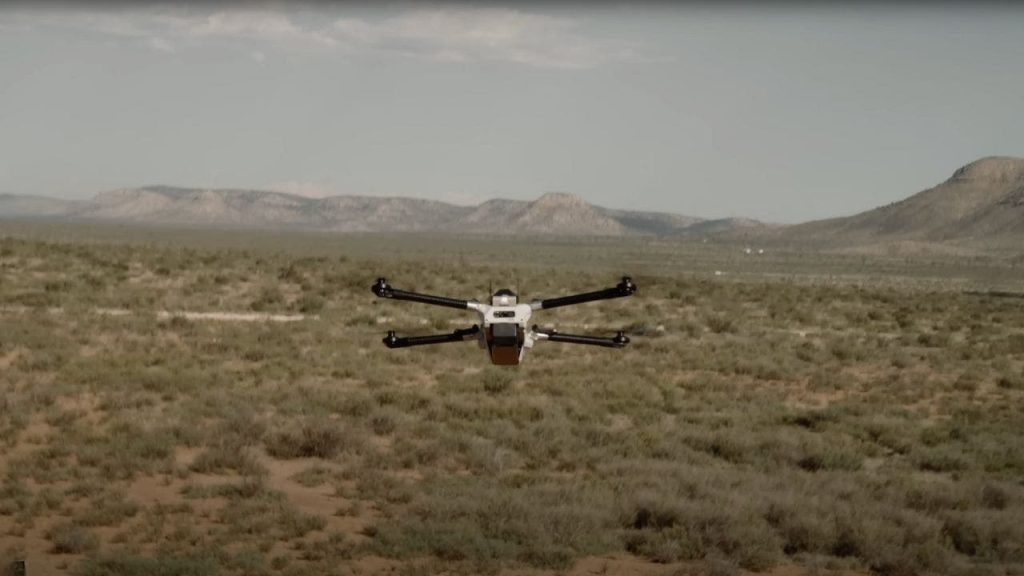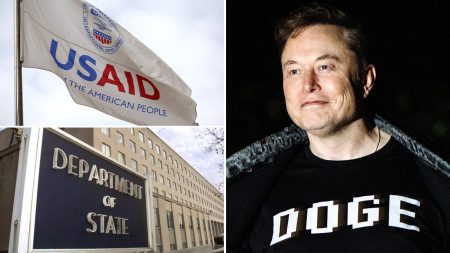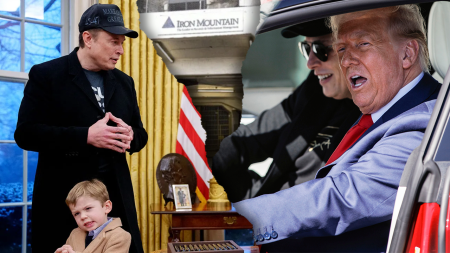The recent surge in reported drone sightings across the Northeastern United States, particularly in New Jersey, has sparked public concern and prompted calls for a thorough investigation. Following a classified briefing with representatives from the CIA, FBI, Department of Homeland Security, and the Department of Defense, members of the House Intelligence Committee assured the public that there is no evidence of nefarious activity or malicious intent behind these sightings. While acknowledging the legitimate concerns of residents, lawmakers emphasized the lack of any credible threat to national security. The prevailing theory among officials is that the sightings can be attributed to a combination of factors, including misidentification of conventional aircraft, recreational drones operating within legal boundaries, and natural phenomena.
The briefing, which lasted three hours and involved 28 officials, addressed a wide range of questions regarding the drone activity. Lawmakers repeatedly inquired about the possibility of a classified government operation being responsible for the sightings, a theory that was definitively ruled out by intelligence officials. Furthermore, the Pentagon explicitly stated that the drones were not Department of Defense assets. While the exact nature of each sighting remains unclear, the consensus among officials is that there is no single, unifying explanation for the phenomenon. Rather, the increased reports likely stem from heightened public awareness and a tendency to misinterpret common aerial objects as drones.
Despite the assurances from intelligence officials, some lawmakers remain unconvinced and are pushing for stronger legislative action. Rep. Chris Smith (R-NJ), a vocal critic of the Biden administration’s response, plans to introduce a bill empowering state and local law enforcement to track, intercept, and potentially disable drones perceived as threats. He argues that the current legal framework is inadequate to address the evolving drone technology and that enhanced authority for law enforcement is crucial to safeguarding national security. This proposed legislation reflects a growing concern among some that the rapid advancements in drone technology have outpaced the development of effective regulations and enforcement mechanisms.
The incident highlights a critical gap in the current legal framework governing drone operations. With the expiration of counter-drone authority for government agencies looming, Congress faces pressure to reauthorize these powers and potentially expand them to include state and local law enforcement. Lawmakers acknowledge the need for a bipartisan effort to update legislation, ensuring it addresses the complexities of drone technology while balancing security concerns with the rights of drone operators. The goal is to establish clear guidelines for permissible drone activities, define protocols for responding to unauthorized flights, and equip law enforcement with the necessary tools to effectively monitor and manage drone activity within their jurisdictions.
The joint statement issued by the DHS, FBI, FAA, and Pentagon underscores the government’s recognition of public concern, while simultaneously downplaying the perceived threat level. Although they acknowledge the influx of drone sighting reports, they maintain that there is no evidence suggesting these drones pose a national security risk or are operating in an anomalous manner. This assertion aims to allay public fears while encouraging a measured response based on factual information rather than speculation. The statement also serves to emphasize the ongoing collaborative efforts between multiple agencies to investigate the reports and ensure public safety.
The initial reports originated in New Jersey, where residents and witnesses observed drones flying near coastal areas, including Cape May. Subsequently, similar sightings were reported in New York, Connecticut, Pennsylvania, and Maryland, with some witnesses describing the drones as being the “size of cars” or flying near sensitive infrastructure and restricted airspace. These details, while unverified, contributed to the escalating sense of unease and fueled calls for a comprehensive investigation. While lawmakers insist they have received satisfactory answers from intelligence officials, they also recognize the need for greater transparency to address public anxieties. Making the information and technology used in the investigation accessible to the public is crucial for building trust and demonstrating the government’s commitment to addressing these concerns.










